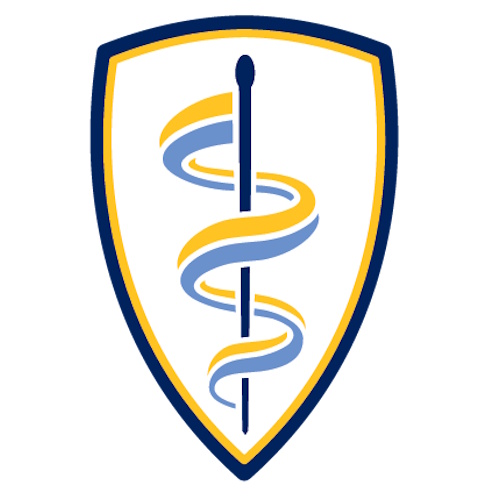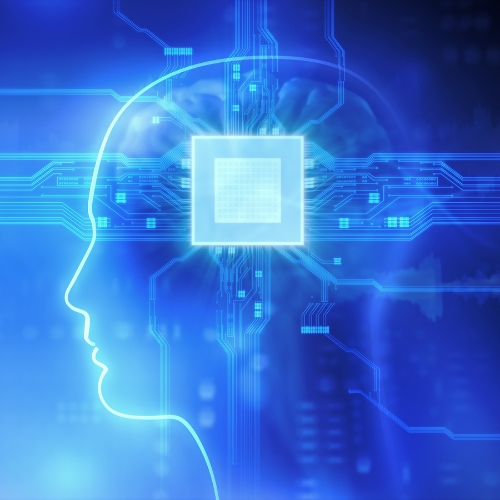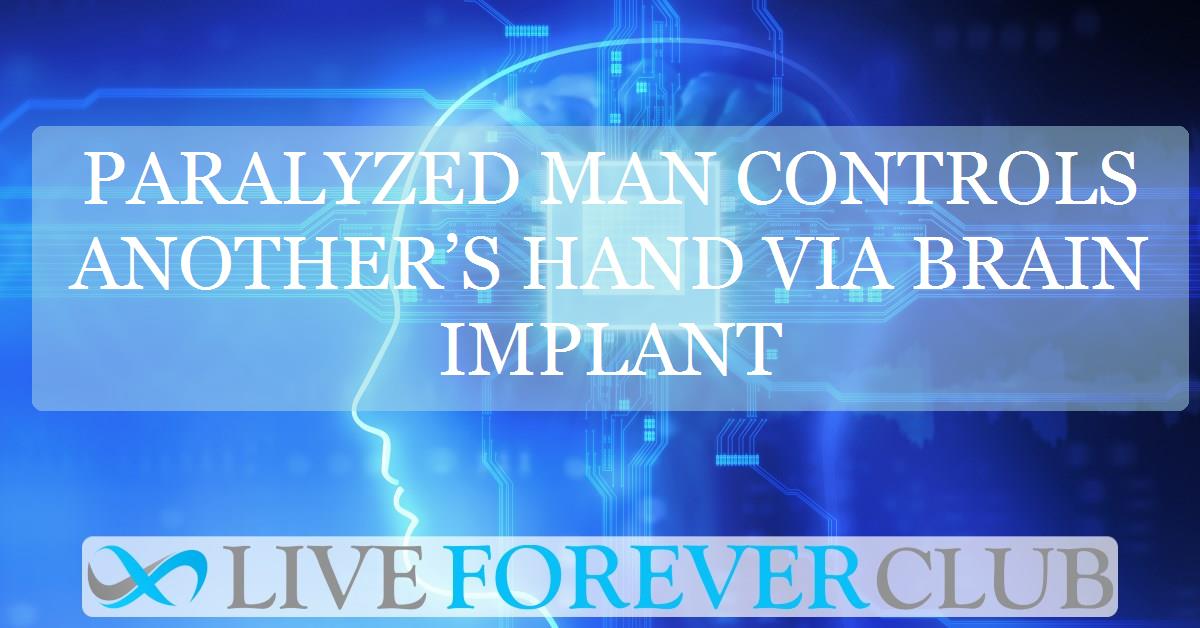Key points from article :
In a remarkable step toward merging human minds and bodies through technology, researchers at the Feinstein Institutes for Medical Research and the Donald and Barbara Zucker School of Medicine at Hofstra/Northwell have shown that a brain implant can let one person control another’s hand—and even feel what the other feels. Led by Dr. Chad Bouton, the team built on their earlier success restoring movement and sensation to Keith Thomas, a man paralyzed after a 2020 diving accident. Using an AI-driven system that bridges his brain, spinal cord, and muscles, Thomas regained enough control to perform everyday actions like drinking from a cup and petting his dog.
The researchers pushed the technology further by linking Thomas’s implant to the arm of another volunteer. Through this “neural bypass,” Thomas could move the woman’s hand with his thoughts alone, sending precise electrical signals to her muscles. Even more astonishing, he could feel sensations from her fingertips as if they were his own. When paired with Kathy Denapoli, a woman with partial paralysis, Thomas’s brain signals helped her grasp and pour a bottle of water—tripling her success rate compared to working alone. The shared feedback loop of movement and sensation allowed them to perform cooperative tasks, like lifting a soda can, in real time.
This system—dubbed a “Smart Bridge”—connects three key elements of movement: the brain’s motor signals, muscle activation, and sensory feedback. The implant reads brain activity, decodes it through AI, and sends commands to electrodes on the arm, while fingertip sensors transmit touch information back to the brain. Over time, the repeated stimulation not only improved Thomas’s sense of touch and control but also strengthened Denapoli’s grip, suggesting the technology might help the nervous system repair itself.
Though the findings are currently in preprint and yet to be peer-reviewed, the implications are enormous. This approach could transform rehabilitation for people with paralysis, stroke, or ALS by fostering “thought-driven therapy”—a new kind of treatment based on shared neural activity and human connection. As Thomas put it, the experience gave him new purpose: “I was more satisfied because I was helping somebody in real life… rather than just a computer.”





